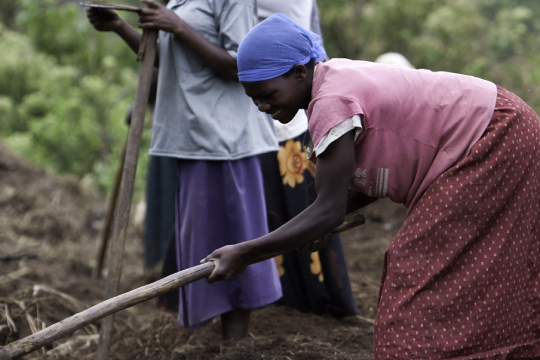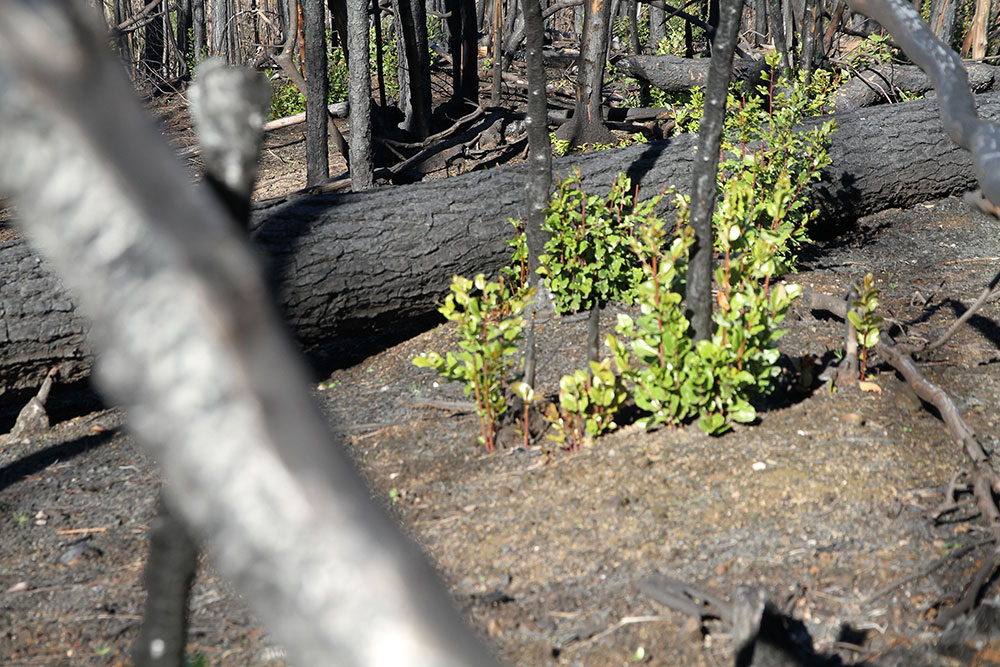At last year’s Paris climate conference the Brazilian government pledged to restore 12 million hectares of forest by 2030. This is a significant commitment when you think that Brazil has lost 60 million hectares of forest since 1970. It also puts into perspective the 3.5 million hectares of eucalyptus plantations in the country.
Chatting to some of our Brazilian hosts, we learnt that much of this commitment will be delivered by enforcing the “Forest Code”. This requires landowners to restore a set percentage of native vegetation on their land. This includes many millions of hectares of cattle pasture that was cleared from the forest in the last 50 years. Much of the eucalyptus in Brazil has been planted on degraded cattle ranching land.
In the Mata Atlantica (Atlantic rainforest) area we were visiting, landowners have to restore at least 20% of their land. Some are willing to do a deal with plantation companies – they will lease some of their lands for eucalyptus plantations if the company also takes on the restoration commitment. As a result, large plantation companies like Fibria and Suzano have built up a lot of expertise in forest restoration.
The venue for today’s visit was the 6,100 hectare Parque das Neblinas. The situation here is a little different. The native forest was cleared for charcoal in the 1950s and 1960s, then planted with eucalyptus.
As we drove into Parque das Neblinas we were met with thick, lush tropical vegetation on steep slopes, with the dark greens and glossy leaves you would expect to see in the rainforest. However, as our eyes adjusted and refocused, we could see the conspicuous straight, slender stems of eucalyptus trees towering over the other smaller trees and forming a strange-looking canopy of small leaves, which fluttered in the wind.
Until 20 years ago, this area was managed solely as a eucalyptus plantation. When Suzano bought the area, they decide to set it aside for restoration. Perhaps because it had never been converted to cattle pasture, the area had retained more natural vegetation. It’s also an important buffer between the ever-expanding city of Sao Paulo, home to 20 million people, and the adjacent Serra do Mar State Park.
What we were seeing was a work in progress, the gradual restoration from a monoculture to a forest which now contains 111 tree species growing among the remaining eucalyptus. It supports a wide range of another biodiversity including pumas and tapirs, a staggering 144 species of ants, 94 types of orchids and 238 species of birds.
By gradually thinning out the eucalyptus trees, the company had maintained humidity levels and partial shade, which has supported the natural regeneration of many species. This is much more effective than clear-felling and large-scale replanting. The thick regeneration now means that felling and removing the remaining trees is a challenge on the steep ground, and so about half of the remaining eucalyptus trees are being killed where they stand. This has created a new habitat of large dead wood, attracting insects and birds, which also use the dead trees as perches. In turn, the birds are important for seed distribution, and so re-introducing even more native tree species.
The success of the restoration is best seen in the quality of the water in the Rio Itanga, which runs through the park. When the forest was being commercially harvested, there was an extensive road network which meant that large quantities of silt were often washed into the river. As the restoration has progressed these roads have also been restored and re-routed. The river is much healthier and is now an important source of clean drinking water for Sao Paulo city.
The park may be a work in progress, but I think it’s safe to say that the restoration of these 6,100 hectares has been a success. Let’s hope we can say the same about the next 12 million…




























